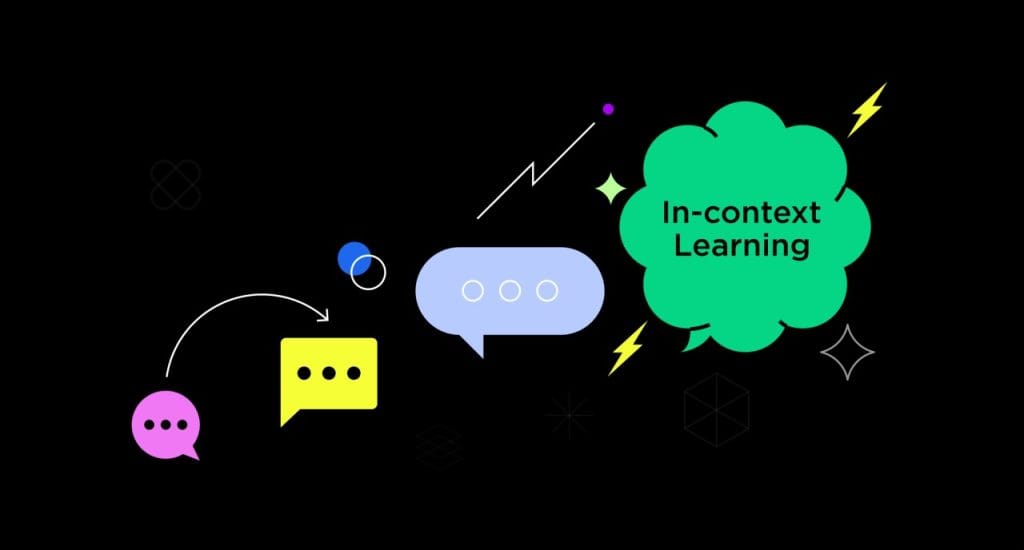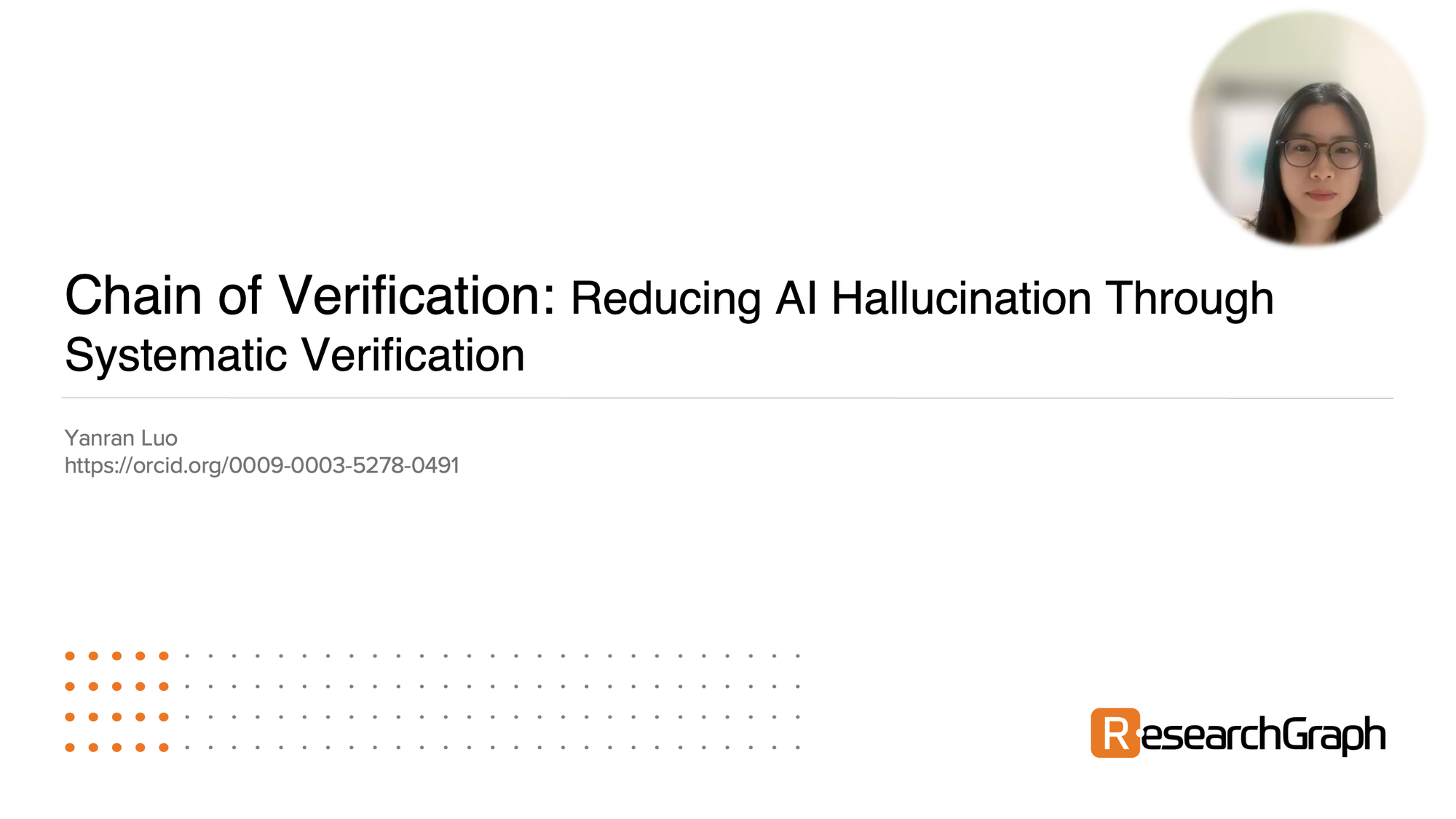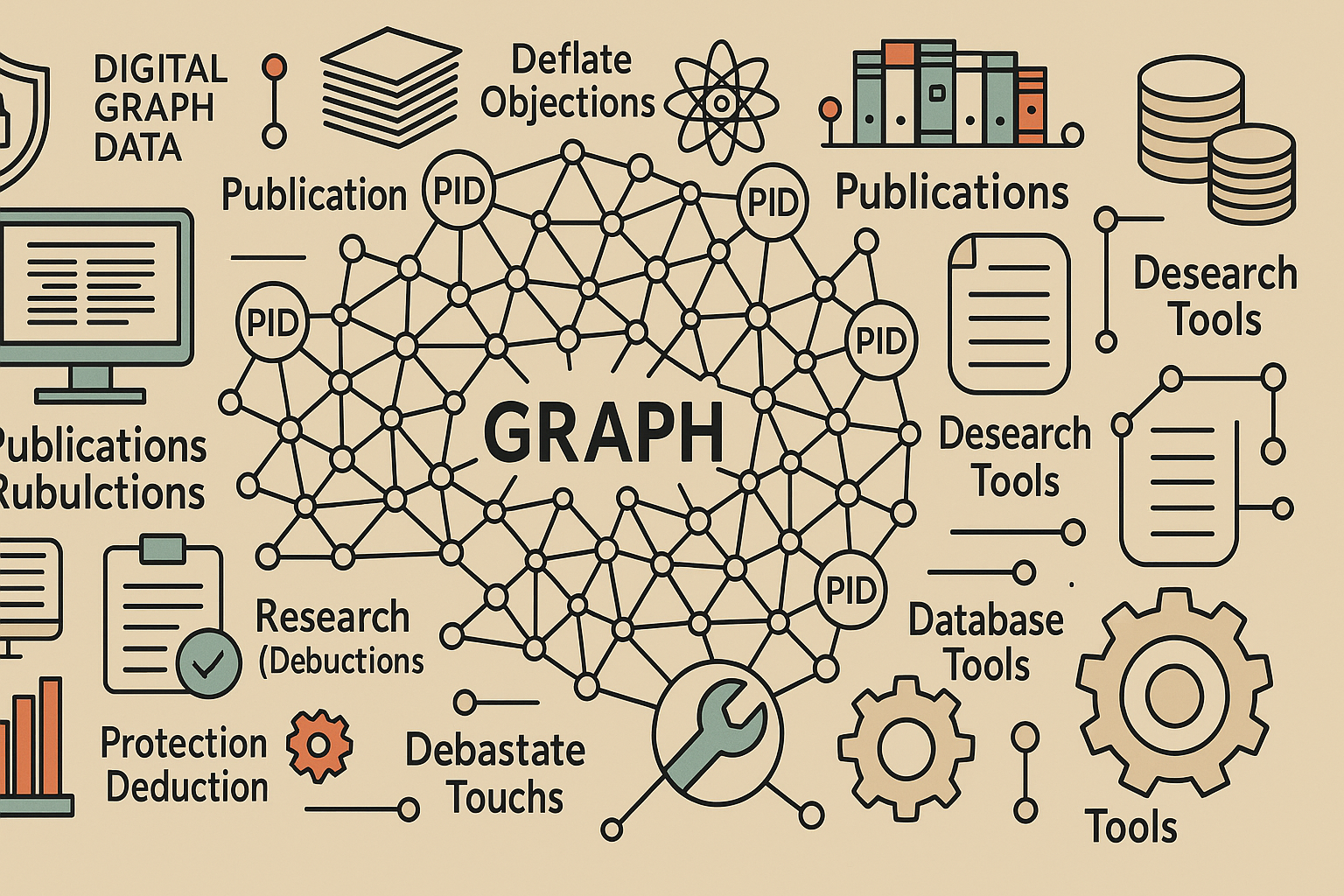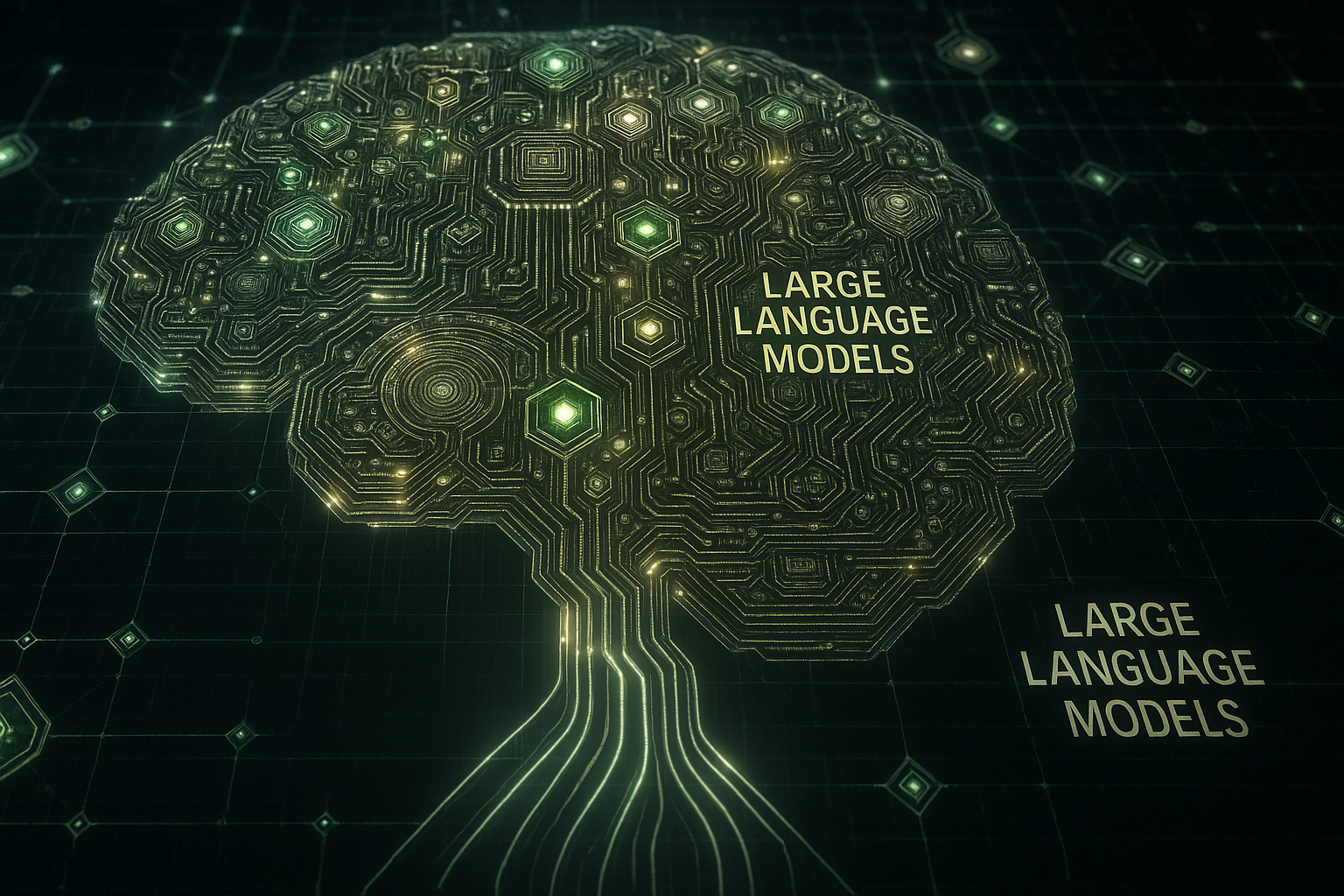
A New Way to Teach AI How to Think, Not Just Respond. This article is based on the paper Meta Prompting for AI Systems, published by Tsinghua University and Shanghai Qi Zhi Institute.

A New Way to Teach AI How to Think, Not Just Respond. This article is based on the paper Meta Prompting for AI Systems, published by Tsinghua University and Shanghai Qi Zhi Institute.

This article is based on the paper Program of Thoughts Prompting: Disentangling Computation from Reasoning for Numerical Reasoning Tasks by Wenhu Chen and others.

This article explores and analyses the paper "A Survey on In-Context Learning" by Dong et al. (2024)

This article explores and analyses the paper 'Chain-of-Verification Reduces Hallucination in Large Language Models' by Shehzaad Dhuliawala and colleagues from Meta AI & ETH Zürich. The paper was published on arXiv in September 2023.

Seamless image compositing with SDXL and ComfyUI

Installing and Using LM Studio on MacOS

A way to optimise scientific research data management

This article is based on the paper Contrastive Chain-of-Thought Prompting by Yew Ken Chia and others.

The Australian National Graph is the first large-scale initiative to develop a national PID graph database. Using the Research Graph schema, it connects more than a thousand research organisations to their associated research outputs.

The journey of the Research Graph from the Research Data Alliance to a heterogeneous network of scholarly works.

Transform Your Ideas into High-Traffic Articles with Proven Strategies, Practical Tutorials, and SEO-Optimised Formats